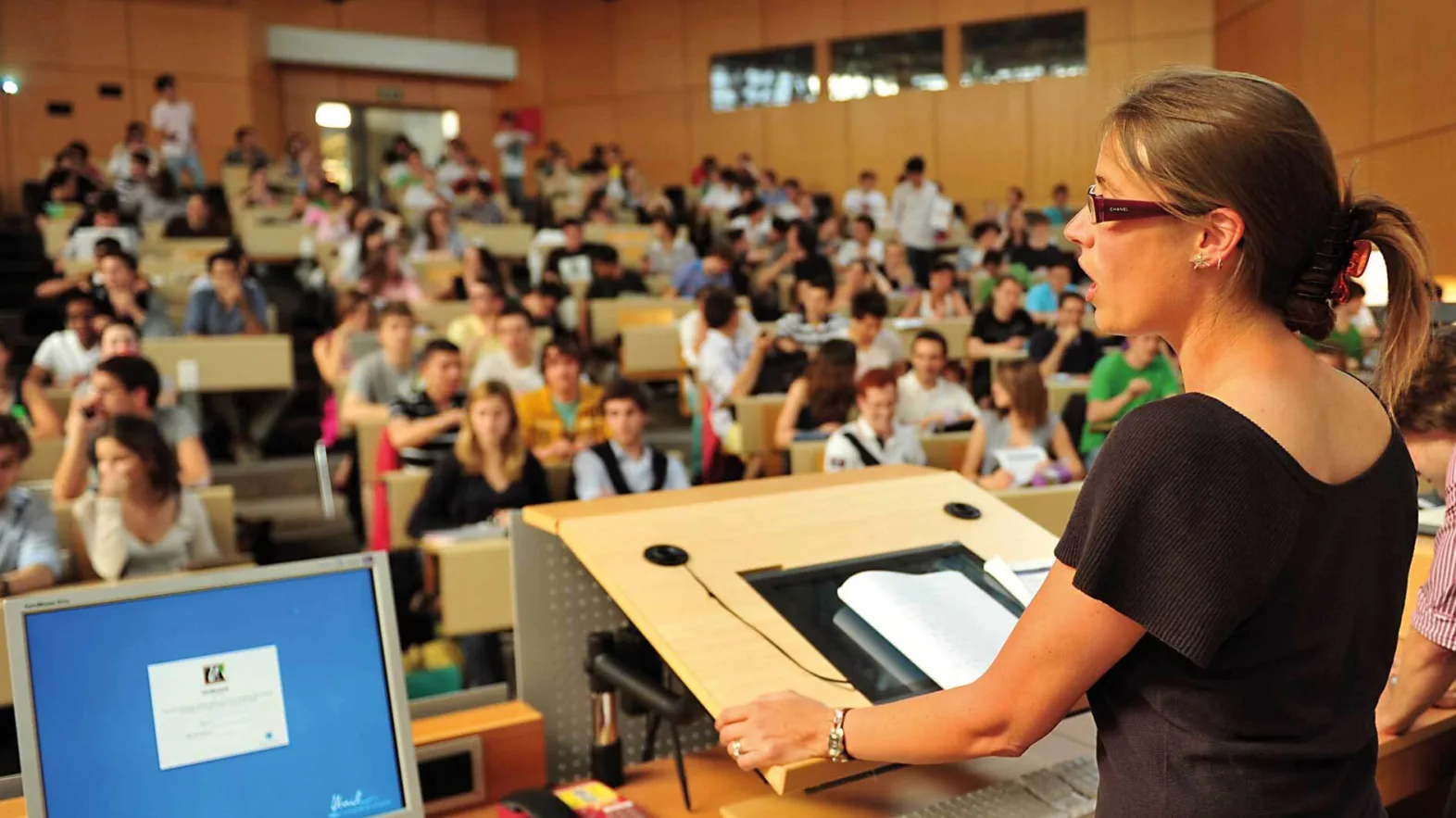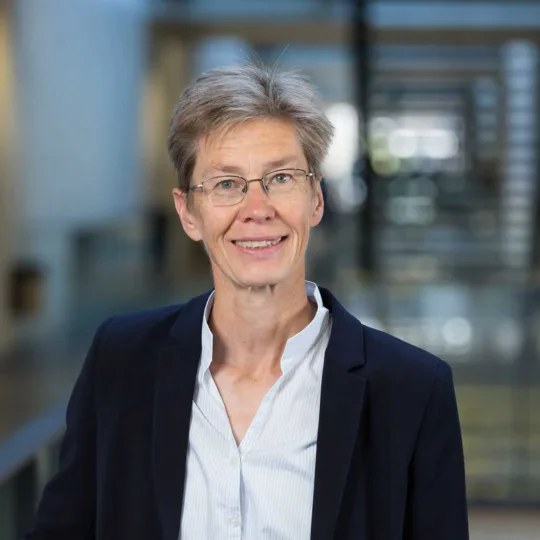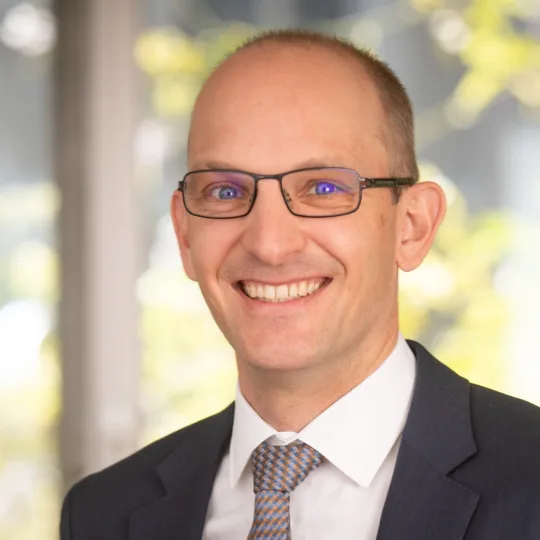Equal opportunities and gender monitoring at Swiss tier-one universities
In recent years, there has been growing national and international interest in the topics of gender equality and gender mainstreaming in higher education. Astrid Epiney explains what further efforts that tier-one universities can make to foster equal opportunities in the future.

What are Swiss tier-one universities currently doing to improve equal opportunities for women and men?
All tier-one universities have already embraced typical institutional measures, including raising the awareness of superiors, establishing gender quotas (e.g. for professorships), launching programmes to assist doctoral students, postdoctoral students and other junior staff (e.g. mentoring, training, relief opportunities) or providing support to dual-career couples. These institutional measures also include systematically collecting meaningful data, in particular statistics on the proportion of female professors.
All tier-one universities in Switzerland (i.e. all ten cantonal universities and the two federal institutes of technology, ETHZ and EPFL) now have one or more equal opportunity delegates. Moreover, each institution has developed its own action plan to implement an equal opportunities programme. Since 2021, each action plan is fully funded by the respective institution.
What more needs to be done?
The figures show that there is definitely a need for further action. A comparison of the proportions of women at the various levels of education/career development reveals the so-called 'leaky pipeline': the higher the step on the career ladder, the lower the proportion of women. It is therefore important that tier-one universities continue existing measures and develop these further.
Equal opportunities and diversity will remain core themes in the next planning period (2025-2028). In addition, tier-one universities will pursue three other objectives: Firstly, greater consideration must be given to the qualitative aspects of professorships. Secondly, tier-one universities need to increase the number of assistant professorships with tenure track. And thirdly, additional permanent positions below the level of professorship must also be created where funding is available, so as to offer young academics a variety of career options that include clearly defined objectives and opportunities for growth.
Astrid Epiney

Astrid Epiney, Rector of the University of Fribourg, has been President of the Chamber of Universities since February 2020. This body represents the interests of Switzerland's ten cantonal universities and its two federal institutes of technology (ETHZ and EPFL) within the Swiss Conference of Rectors of Tier-one universities (swissuniversities).
Photo: Stephan Schmutz
How important are the 'Recommendations and good practices for filling professorships' drawn up by swissuniversities (and more specifically the Chamber of Universities)?
It is an important working tool enabling tier-one universities to further encourage critical thinking on appointment processes and to make these more transparent and equitable. Selection processes should be designed in such a way that women are not excluded due to unconscious prejudices ('implicit biases') or the non-consideration of CVs with family breaks. The quality of appointment processes is also important. Here, equal opportunities should be the yardstick used to measure the quality of the appointment process. Overall, the aim is to create a culture that takes gender equality and diversity aspects into account.
«The higher the step on the career ladder, the lower the proportion of women.»
The 44% average proportion of women holding university assistant professorship positions in 2020 is encouraging. Why isn't the proportion of women holding full professorships (25%) higher?
The low proportion of women holding full professorships is a reflection of the 'leaky pipeline' phenomenon. However, historical analyses show that although most university professorships are not awarded to women in most disciplines, the proportion of women working at tier-one universities is systematically higher than in the general workforce. The proportion of women has thus risen steadily in recent years. For example, the proportion of newly appointed female assistant professors with tenure track was as high as 50% for each of the three years 2018 to 2020. After successful evaluation, these new appointments generally lead to more solid employment at different professorship levels (tenured, non-tenured, associate professorship). It can therefore be assumed that the proportion of women holding full professorships will steadily increase. Nevertheless, adequate measures are still needed.
It should also be emphasised that because of the long retention period of professors, any change in appointment practice made today (e.g. complete gender parity in new appointments) will only have a deferred impact on gender ratios, and could take several decades to come to fruition.
Furthermore, it should be noted in this context that increasing the proportion of women holding professorships must be achieved in keeping with the constitutional framework in order to avoid 'hard' quota regulations and respect the rights of all young academics - men and women alike - as the right to non-discrimination applied to both sexes.
What influence does the international environment have on the implementation of equal opportunities and gender mainstreaming at Swiss tier-one universities?
Research is international. Supporting young researchers means providing training to young men and women who are able to pursue a successful career that involves international competition, both within and outside the university. Accordingly, the international environment is also an important frame of reference for the implementation of equal opportunities and gender mainstreaming. Swiss tier-one universities are members of corresponding networks abroad and take part in the respective committees wherever possible.
«Equal opportunities in science in a country cannot be viewed in isolation from other factors.»
The UK and Ireland have the Athena Swan Award, which is a certification system where the university has to reach a certain level (bronze, silver, gold) in order to qualify for funding. This is intended to improve equal opportunity structures and address gender issues over the long term. Can awards and certification systems be an incentive for this?
Ensuring quality is a key concern for tier-one universities, which is why quality assurance systems are designed with this goal in mind. In Switzerland, too, equal opportunities are a criterion for institutional accreditation (HEdA Art. 30, Para. a 5). However, quality assurance systems can also be designed differently. Among other things, tier-one universities implement such systems through university-specific action plans. This means that each higher education institution enjoys a certain amount of autonomy and latitude when it comes to implementation. A parallel system of tying funding eligibility to awards or additional criteria would be incongruent with this approach, quite apart from the question of why such prerequisites for funding eligibility should not also apply to other important issues, such as sustainability.
How well do Swiss tier-one universities compare internationally in terms of equal opportunities?
If equal opportunities are measured solely on the basis of professorship gender ratios, then we can say that Switzerland compares rather poorly compared to neighbouring countries and the rest of the EU. However, Swiss tier-one universities have shown strong support for their university action plans, which have achieved visibly positive results. It should also be noted that equal opportunities in science in a country cannot be viewed in isolation from other factors, such as the general compatibility of family and work, school schedules and childcare systems.
Extensive gender monitoring at Swiss tier-one universities
For the Swiss higher education sector, professorship and employment gender ratios are important indicators of equal opportunities. The Federal Statistical Office (FSO) uses a new method to determine these ratios through its higher education staff survey. It has retroactively calculated gender ratios taking into account each new appointment at professorship level for each university and department up to 2017. The new calculations enable more extensive gender monitoring at tier-one universities. In addition, these figures can be used to develop new equal opportunity measures.
Measures are having an effect
Project-funding enables the federal government and the cantons to set priorities for the higher education sector and jointly address overarching issues. The 'Equal Opportunities and University Development' programme received CHF 12 million in federal funding for the period 2017 to 2020. During this time, each university launched an action plan to foster equal opportunities. These university action plans will now serve as the basis for the follow-up programme 'Diversity, Inclusion and Equal Opportunity' programme, which will run from 2021 to 2024.
The initial incentives paid for hiring female professors triggered a discussion on gender equality policies that prompted additional measures at various levels, including mentoring and coaching, childcare services, encouraging more women to pursue studies in science, technology, engineering, and mathematics (STEM) and raising awareness of sexual discrimination. The university structure has consolidated over the past 20 years.
Contact
Author



